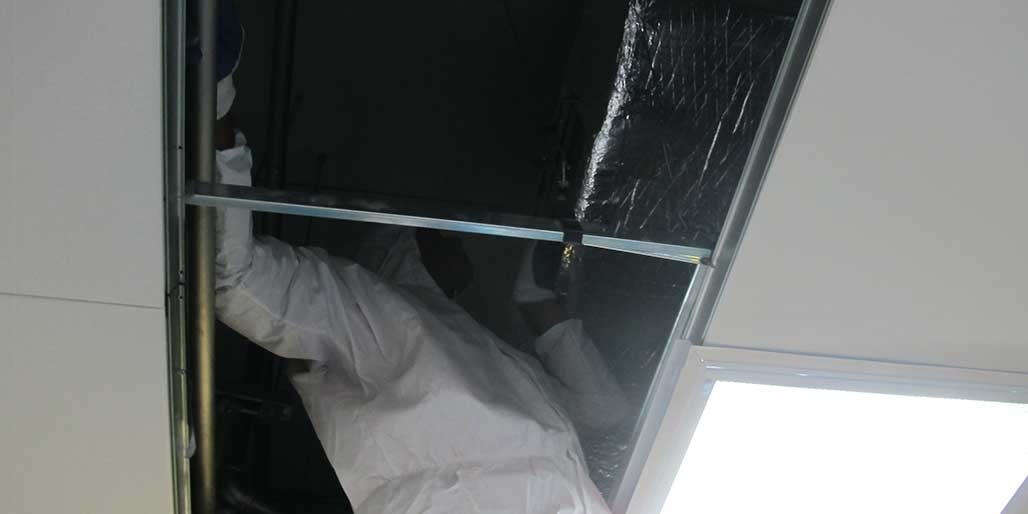
Duct cleaning generally refers to the cleaning of various cooling system components of forced air systems, including the supply and return air ducts and registers, grilles and diffusers, cooling coils, condensate drain pans (drip pans), fan motor and fan housing, and the air handling unit housing.
Air duct collects dust and debris over time. Contaminants in an air duct range from dust and soil, to dead insects and rodents, bacteria, fungi, and mold. The air duct is a perfect breeding ground for biological contaminants due to enclosed space, temperature, humidity, and dirt as a nutrient source.
Most of us stay in an indoor environment most of our working life. Pollutants inside the air duct get circulated in the ventilation air and pollute the indoor air. Indoor air pollution may cause allergic and asthmatic reactions among building occupants as well as lead to other health problems.
From the economic point of view, the improved air quality can reduce absenteeism and increase productivity.
Each time the Air Handling Unit fan cycles in operation, potentially harmful particulates such as spores, along with other allergens and pollutants which will be propelled through the supply ducts and channel into the air we breathe.
The First & Best Defense is Good Offense
Big Red Air duct cleaning involves four processes: inspection, laboratory testing, and application of antimicrobial. A robotic inspection system is to visually inspect the air duct before and after the cleaning. Tests are conducted in laboratories to evaluate the hygiene levels before and after the air duct cleaning. A mechanical cleaning method is employed to remove particulate, debris and surface contaminants. Finally, the entire ductwork is disinfected using non-harmful anti-microbial treatment.
Did You Know?
The things you can’t see visibly with your eyes can harm you! The air in your environments includes millions of small particles that are both visible and invisible. If you look at a sunbeam coming into your environment, what you are actually seeing is light reflecting off these particles floating in the air. Unfortunately, these particles are only the largest particles which account for one percent of all of the air pollutants in your environment. In fact, in one cubic foot of air in front of you, there are about one million particles and gaseous contaminants too tiny to see. Long term exposure to pollutants can have a negative impact on human health.
